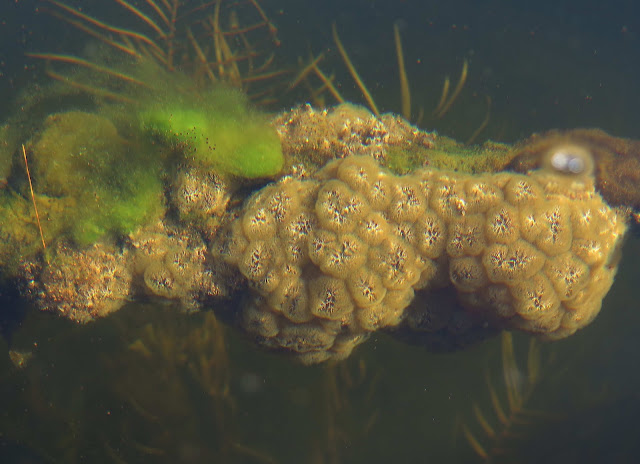My eyes filled with tears as I beheld the scene pictured above. I had thought I would never again visit Pyramid Life Center, a place of great natural beauty and profound spiritual resonance for me, located on Pyramid Lake in the Adirondacks. But thanks to dear friend Margie Litwin, who helped me find my way back here, I once again stood on this shore and gazed across the lake's still waters this week. I could even hear the loons' haunting calls, and interpret them as their way of welcoming me home.
Pyramid Lake is certainly one of the jewels of the Adirondacks. But this crystal-clear wilderness lake encircled by forested mountains had meant far more to me than just a pretty place to visit. It was to this spiritual retreat center that I fled in the summer of 1991, full of anguish over the war my nation had waged against Iraq, angry and sad that my fellow Americans were so excited and proud and happy to go to war. And here, at a retreat with the late Jesuit priest and anti-war activist Daniel Berrigan, I found I was not alone in my feelings of alienation. And more than that, here I found heroes -- social workers, drug counselors, healthcare providers, advocates for the homeless and poor -- whose witness gave me the courage to choose for myself a more authentic way to live. I left a job that required me to be very nice to the very rich just because they were very rich, to learn how to care for the dying as a nursing assistant for Hospice -- a choice that brought me far more joy and spiritual riches than I ever dreamed possible. So yes, my love for Pyramid Life Center runs very deep, indeed.
I expressed my deep love for this place by volunteering twice a year, both in the spring to prepare the center for offering a wide variety of life- and spirit-enhancing retreats, and again each October, to help ready the center's rustic accommodations for the long winter ahead. I did this for 27 years. And I was preparing to do so again in 2019, when Pyramid Life Center's beloved founder and director, Sister Monica Murphy, was killed in an auto accident. A replacement director was quickly found, and in addition to having to cope with taking over the duties of managing the retreat center, the new director had to cope with restrictions required by the Covid pandemic. No volunteers nor casual visitors were allowed to even set foot on the property. While I acknowledge the severe strains that this situation posed for the new director, a number of us former volunteers felt disrespected and therefore alienated from this deeply loved place. I had given up hope of ever returning.
But as it happened, my friend and fellow volunteer Margie Litwin (pictured below), had managed to maintain a good relationship with Pyramid Life Center, and when a new (and far more accommodating) director of the center took over recently, she invited me to return to this deeply missed place and enjoy a paddle with her. For several years, Margie and I had labored together to clean and refurbish the many guest rooms in the center's main lodge, so she knew very well how greatly I had missed feeling welcome here.
Each of us has a special part of the lake we love to re-visit, and I also cherish this favorite of Margi's, a quiet bay where great boulders (actually resembling pyramids!) rise from the shallow water.
Both of us also love to explore the swampy ends of the lake, where our lightweight Hornbeck canoes are ideal for floating over very shallow water.
Chara superficially resembles land plants because of stem-like and leaf-like structures. These algae are found in freshwater, particularly in high pH areas throughout the northern temperate zone, where they grow submerged, attached to the muddy bottom. I was aware that Pyramid Lake was more alkaline than acidic, thanks to its underlying calcareous substrate. Because Chara algae are covered with calcium carbonate deposits that give them a gritty texture, they are sometimes known as stoneworts.
Paddling back toward the open waters of the lake, I detected another interesting underwater growth, a colony of bryozoans ("moss animals") called Pectinatella magnifica. This solid, heavy mass is composed of tiny filter-feeding animals that attach themselves to underwater tree limbs and secrete the dense jelly-like substance that holds all the creatures together on the surface of the mass. These colonies are often found underwater along the shores of many Adirondack lakes.















4 comments:
Exquisite views. Happy for you returning there.
Very nice. Glad you were able to return to an important place for you.
Glad you were able to return to a place that means so much to you. I appreciated your discussion about the Nostoc balls, as I once found them in a marsh far from development and sources of nutrients. Thank you for the beautiful photos and writing. Keep exploring!
It was such a joy spending a splendid day with you at the precious sanctuary that is PLC!
Post a Comment